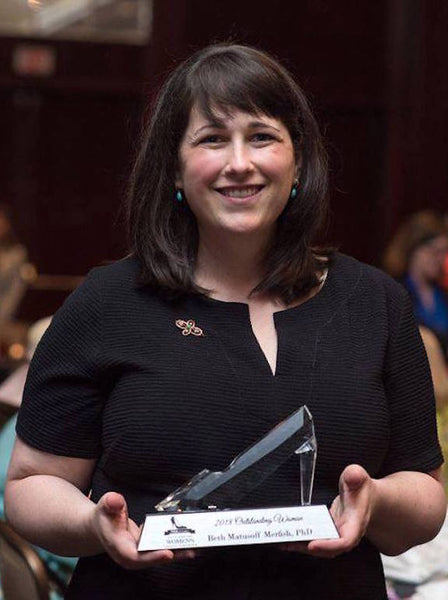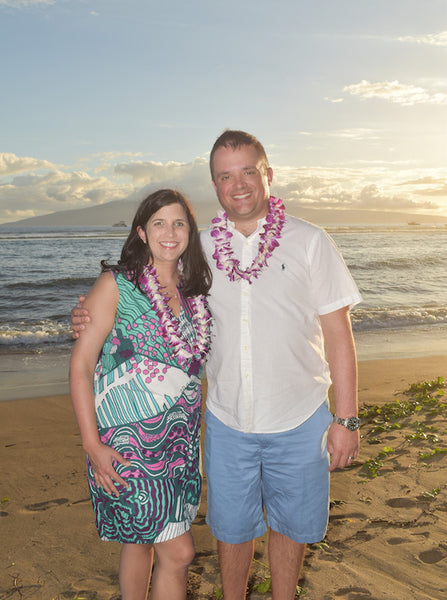A New Kind of Company
This may well be the longest blog post I ever write, but it’s important to start here. Because, as it happens, some wheels are better than others. Most new companies seek to solve a problem. Our problem was obvious – Fit – but the solution was anything but.
Almost anyone will acknowledge that “fit” is an issue with clothing today. Doubly so for women’s clothing. There are tons of apps and products seeking to “disrupt” fit, helping you better navigate a marketplace cluttered by inconsistent si
zing (both across brands and within a single brand), different sizing systems, like alpha sizing (S-M-L) and numeric sizing (0-12), and so on.
Why? Because we want clothes that fit. Which really isnt’ too much to ask.
And so, since time immemorial (just kidding – since we began to mass produce clothing on an industrial scale, it has been incumbent on you, the consumer, to discover and remember which brands and which sizes fit you best. Ask any woman on the street, and she can reel off the top five brands she turns to and what size she takes in each. I’m almost always a size 4 in X Brand’s dresses. Except when it’s a shift dress, and then I’m a size 6. Or a strapless dress, and then I’m a size 2.
Sound familiar?
Frankly, the whole sizing thing strikes us as kind of lame. Who needs it? Having to carve out a space in your brain for remembering garment sizes is a waste of precious space.
Most new companies seek to solve a problem. Our problem was obvious – Fit – but the solution was anything but.
Almost anyone will acknowledge that “fit” is an issue with clothing today. Doubly so for women’s clothing. There are tons of apps and products seeking to “disrupt” fit, helping you better navigate a marketplace cluttered by inconsistent si
zing (both across brands and within a single brand), different sizing systems, like alpha sizing (S-M-L) and numeric sizing (0-12), and so on.
Why? Because we want clothes that fit. Which really isnt’ too much to ask.
And so, since time immemorial (just kidding – since we began to mass produce clothing on an industrial scale, it has been incumbent on you, the consumer, to discover and remember which brands and which sizes fit you best. Ask any woman on the street, and she can reel off the top five brands she turns to and what size she takes in each. I’m almost always a size 4 in X Brand’s dresses. Except when it’s a shift dress, and then I’m a size 6. Or a strapless dress, and then I’m a size 2.
Sound familiar?
Frankly, the whole sizing thing strikes us as kind of lame. Who needs it? Having to carve out a space in your brain for remembering garment sizes is a waste of precious space.
So we zeroed in on the fundamental problem: clothes don’t fit well. Then we looked for the ‘why’: people come in lots of sizes and clothing only comes in three or six or nine sizes. The obvious answer? Make clothes in as many sizes as there are different people sizes.
Once you acknowledge that the only possible way to make clothes that fit diverse sizes and shapes of people is to make diverse sizes and shapes of clothes, the basic equation begins to take shape. There are two ways to make lots of sizes and shapes: 1. Raise a gazillion dollars so that you can manufacture one style. For example: 45 different sizes x 1,000 dresses in each size x 2 colors x $80 per dress production cost = $7.2 Million. Ouch. That’s a huge amount of money to invest in one single style. Now, we could have spent the next five years fundraising to manufacture one single style, or we could try to figure out how to make Door #2 work: 2. Figure out how to offer one dress style with 45 different fits in two colors without having to manufacture each full garment run in advance. The law of opposites is simple: if you don’t make a garment before it’s sold, then you have to make it after it’s sold.
Door #2 may sound easy, but garment manufacturing just isn’t set up that way. Certainly not when you factor in the ways most garments are cut (in bulk) or sewn (in an assembly line with each person sewing one or two seams). And most garments are made in overseas factories that require large orders and significant lead-time, followed by all sorts of shipping and stocking logistics before they can ever be sold. All of this is oriented around a clothing industry that increasingly resembles a race to the bottom: fast, cheap, wasteful, exploitative, and all around unsustainable. So what does this mean for fit? It means that you have to remember all sorts of information about brands and sizing because a trillion dollar industry is set up to sell a product that is never going to fit our diverse bodies. Which got us to the Kit model: you can’t build a great fitting garment for a diverse community using existing business models and manufacturing paradigms. The wheel is busted. Patching it or trying to add training wheels or fancy handlebars is the equivalent of throwing good ideas on a bad wheel. That’s why we have to reinvent the wheel. Because we have a passion for our customer – women who, quite frankly, deserve better.
I feel awesome and confident and beautiful in a dress that fits and flatters. And I feel crummy in one that doesn’t. And I feel even crummier trying on dress after dress that doesn’t fit and looks terrible. And then I want to curl up in a ball and feel bad about myself and waste some of my precious time on this earth wishing that my body was different and better and that I hadn’t eaten that grilled cheese yesterday because NOW I AM A COMPLETE AND UTTER FAILURE. And that is – to be honest – completely ridiculous. But it happens again and again with so many women. And we deserve better. So here’s my promise: We won’t be perfect right away. Manufacturing and design and fit and scaling are all going to take a ton of work as we grow. And we’ll run into unexpected roadblocks. And fabric that is supposed to arrive on April 1st won’t arrive until May 10th. But stick with us. Because, at the end of the day, we are dedicated to you. You are more than a size. You deserve more than being reduced to a number or letter. We will create clothes that fit you. And we really want you alongside us for the ride.
Leave a comment
Comments will be approved before showing up.
Also in Voices

Edition 4: The Vintage Ice Skating Dress
I have a few adult skating friends who feel, like me, that the costumes are skimpy and they didn’t feel like themselves. I knew I would have to find something that fit me. All of the skating costumes from the 1940s and 1950s were perfect. When I found a pattern I loved--- it had fit. It had flare. It met all the criteria for my skating test.

Edition 2: The Unicorn of Maternity Dresses
I loved the dress. It felt like something I would wear even when not pregnant: it was sophisticated, the fabric was beautiful, and it was even flattering.

